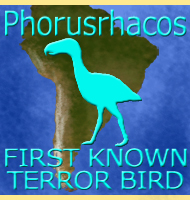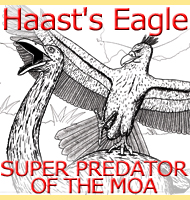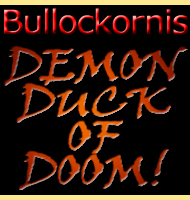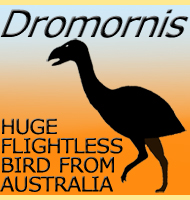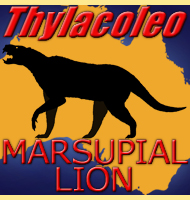


Anomalopteryx
a.k.a. - Lesser Moa, Little Bush Moa, Bush Moa.

Name:
Anomalopteryx
(Abnormal wing).
Phonetic: Ah-nom-al-op-teh-riks.
Named By: Ludwig Reichenbach - 1852/53?
Synonyms: Dinornis didiformis, Dinornis
dromioides, Dinornis parvus, Dinornis oweni, Anomalopteryx
antiquus?, Anomalopteryx fortis, Anomalopteryx parva,
Anomalopteryx oweni, Anomalornis, Graya.
Classification: Chordata, Aves,
Dinornithiformes, Dinornithidae.
Species: A. didiformis
(type).
Diet: Herbivore.
Size: About 1.3 meters tall at maximum elevation.
Known locations: New Zealand, mostly North Island
but parts of South Island too.
Time period: Pleistocene to Holocene, probably
extinct at around the same time as other moa a few hundred years ago.
Fossil representation: Several individuals,
ranging from isolated remains to almost complete individuals.
Mummified soft tissue is also known.
Originally named as a species of Dinornis by Richard Owen in 1844, Anomalopteryx was established as a valid genus a few years later by Ludwig Reichenbach. Different genera of moa are noted for specialising between differing habitats, and Anomalopteryx is so far known to have lived in lowland forests where it would have browsed upon shrubs and low growing trees. Some soft tissue of Anomalopteryx has also been found in a mummified state, though another genus, Megalapteryx, has also been identified as having mummified soft tissue.
Further reading
- A partially mummified skeleton of Anomalopteryx didiformis
from
Southland. - Journal of the Royal Society of New Zealand (Royal Society
of New Zealand) 17 (4): 399–408. - R. M. Forrest - 1987.
----------------------------------------------------------------------------
Random favourites
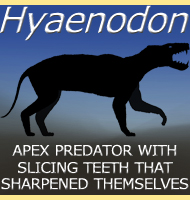 |
 |
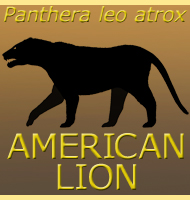 |
 |
